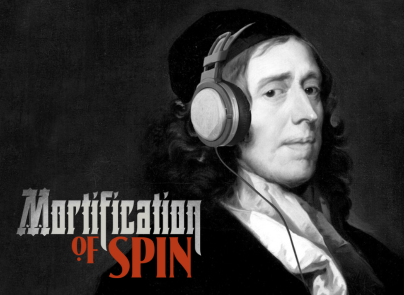On 24 July, 1536, Conrad Cordatus heard a lecture that troubled him deeply. While commenting on the Gospel of John, the Lutheran preacher Caspar Cruciger said, “Christ alone is the meritorious cause; meanwhile, it is true, in a way, that man must be active in a manner; we must be contrite, and must...


